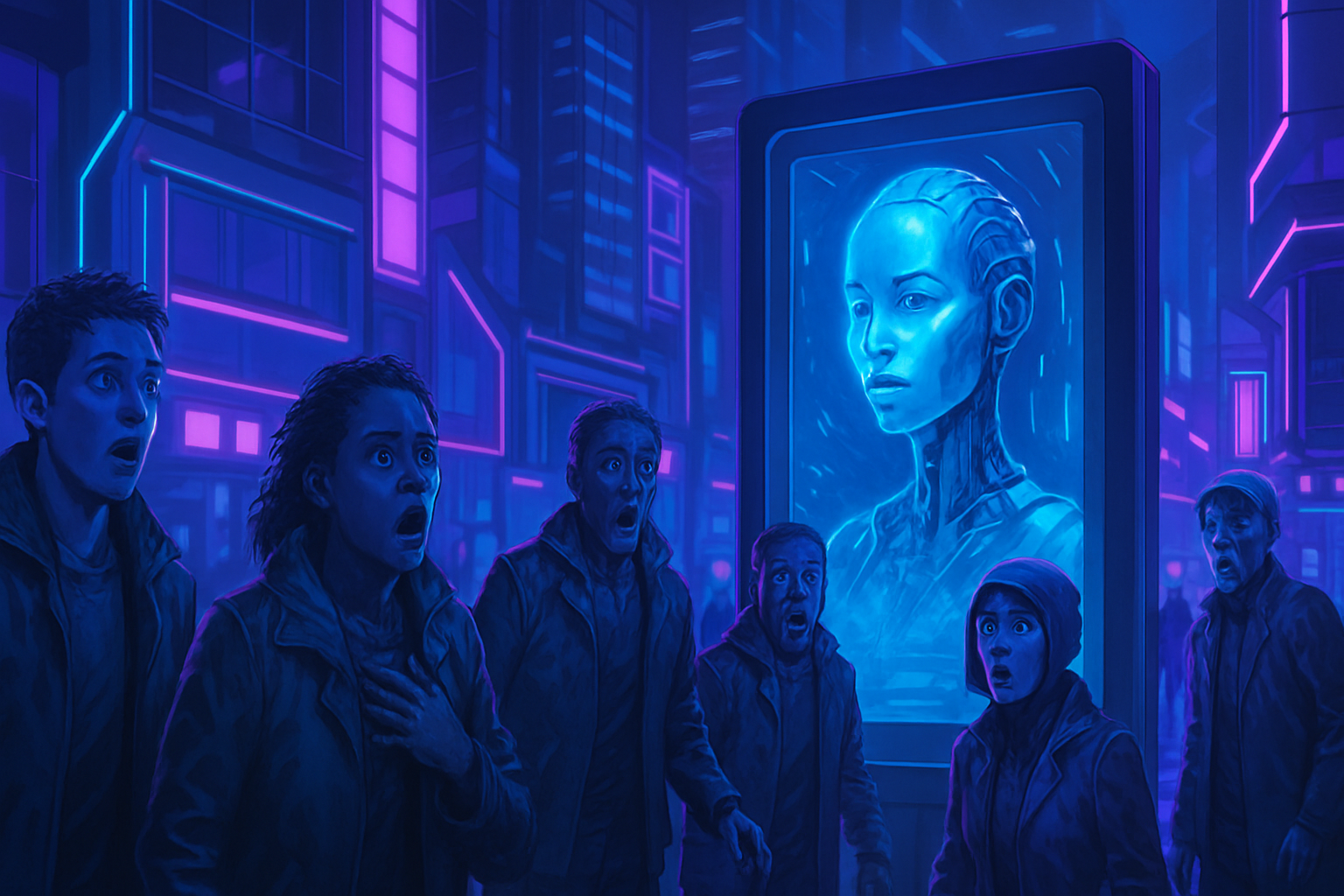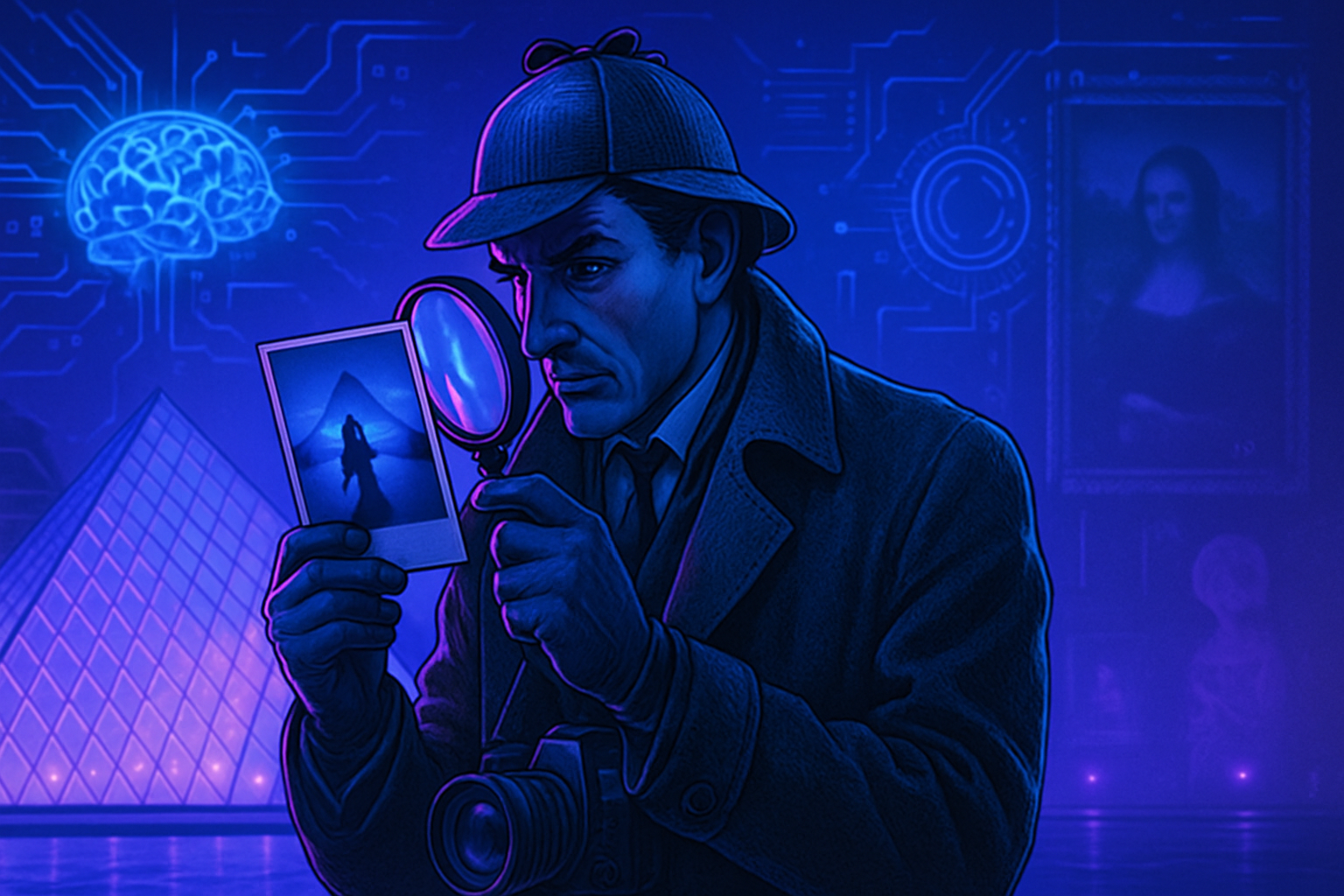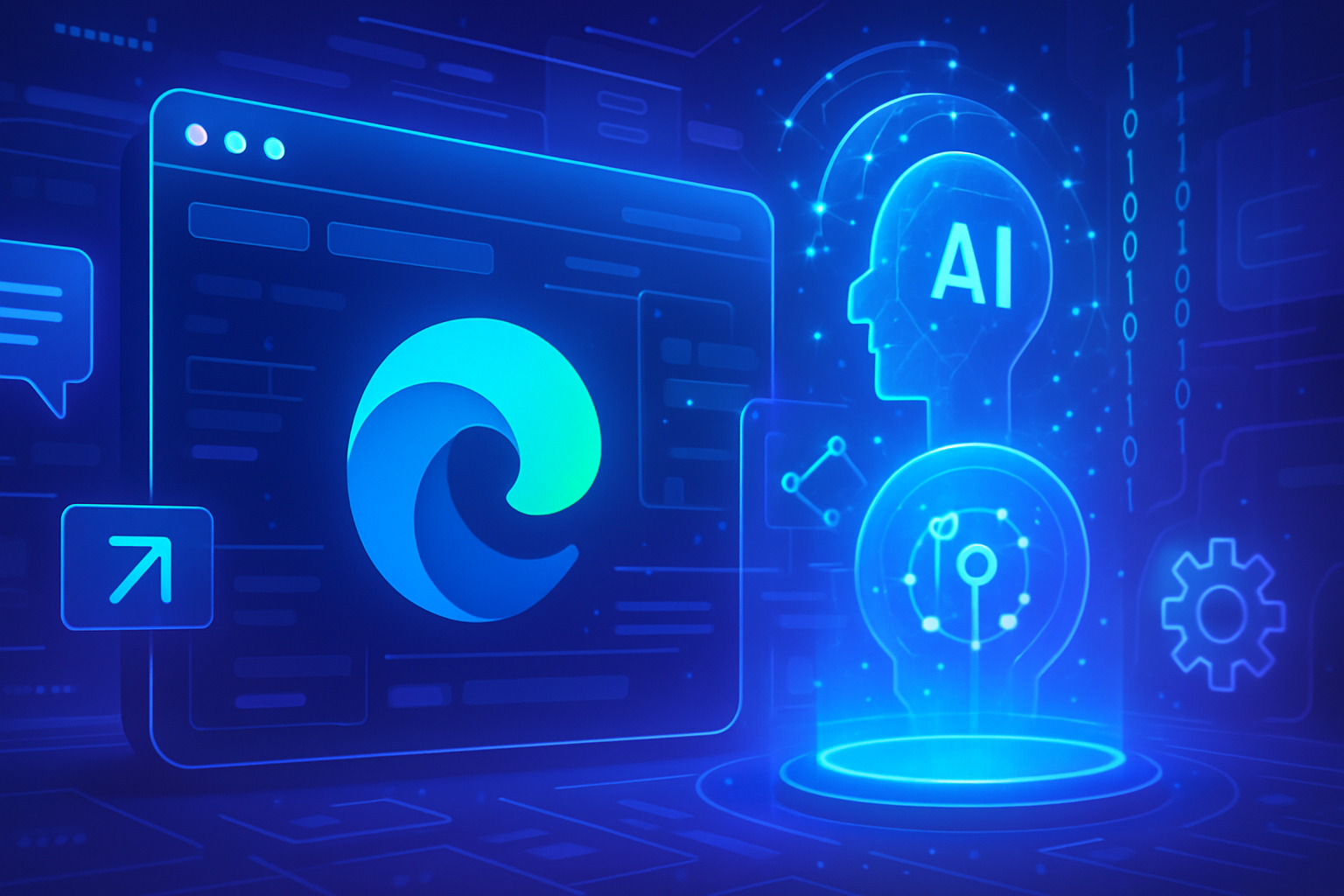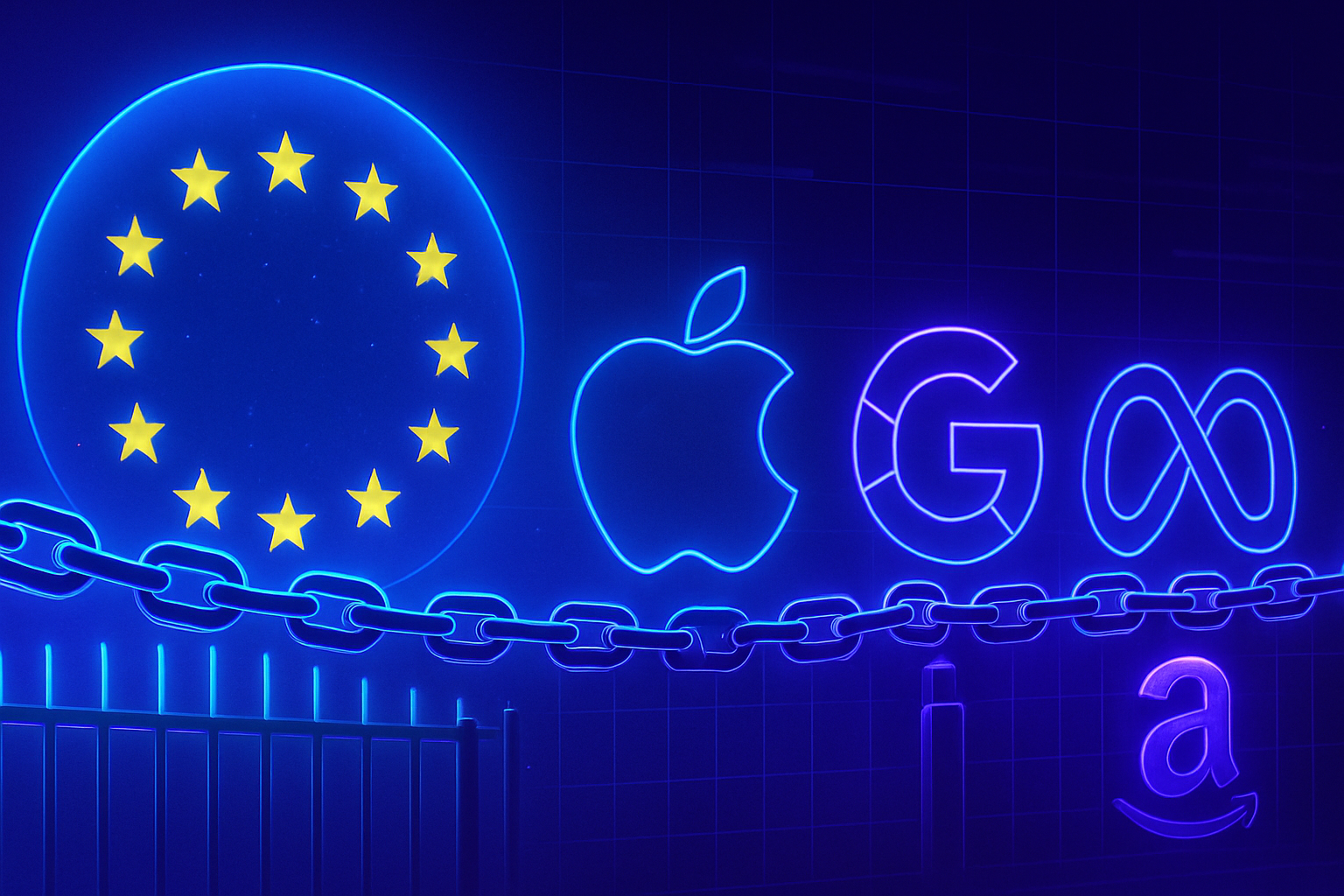The hallucinations of OpenAI’s Whisper
Researchers raise concerns about the use of Whisper, an OpenAI transcription tool, in medical centers. Recurring anomalies appear during audio transcription, resulting in significant errors. Several studies reveal the emergence of fictitious information, known as hallucinations, where invented medications or inaccurate statements appear.
Worrisome evidence
A team of developers and researchers has discovered that Whisper produces false content in transcriptions. For example, a study from the University of Michigan found that 80% of audio transcriptions contained factual errors. Another group of computer scientists recorded no fewer than 187 hallucinations from an analysis of over 13,000 recordings.
The consequences in the medical field
The use of Whisper in medical environments raises serious concerns. The company Nabla, which applies this technology to transcribe medical visits, has recorded about seven million transcriptions. Despite warning, no content verification system seems to be in place, leaving doubt about the accuracy of the collected data.
Privacy and validation issues
Privacy standards complicate professionals’ ability to confirm the veracity of transcriptions. According to Martin Raison, technical manager at Nabla, the deletion of audio recordings aims to ensure data security. Healthcare providers, always pressed for time, find themselves in a delicate situation where eighty percent of transcriptions require quick proofreading, which can hinder the quality of care.
Notable examples of hallucinations
Cases of hallucinations attest to the dangers related to erroneous interpretations. For example, two professors from Cornell and the University of Virginia found that about 40% of hallucinations could mislead. Simple phrases change, such as one where a boy is presented as holding a knife, illustrating disturbing mods.
The impact on perception and interpretation
Biased representations and erroneous interpretations harm communication. Racial criteria have notably been frequent targets for incorrect modifications. Examples include discussions about transformed ethnic identities, leading to unwanted social and political implications.
A lasting technological enthusiasm
Despite these shortcomings, enthusiasm around Whisper persists. The open-source platform HuggingFace has recorded over 4.2 million downloads recently. Its integration into systems such as those from Oracle and Microsoft reflects a growing adoption, raising questions about the responsibilities of AI designers.
Toward increased responsibility
As transcription technology evolves, calls for stricter regulation are being heard. The necessity to establish standards for the use of AI in sensitive areas is confirmed, in order to preserve the quality of information and ensure better protection for individuals.
Frequently asked questions about OpenAI’s Whisper
What is OpenAI’s Whisper?
Whisper is an automatic transcription tool developed by OpenAI, designed to convert speech to text using artificial intelligence algorithms.
How does Whisper improve the quality of audio transcriptions?
Whisper uses advanced voice recognition technologies to understand context and produce more accurate transcriptions, but it also poses risks of generating errors or hallucinations.
Why can hallucinations occur in Whisper’s transcriptions?
Hallucinations in transcriptions occur when the AI model invents information that has not been spoken, which may be due to misinterpretation errors or limitations of the training data.
What are the risks associated with using Whisper in the medical field?
Using Whisper for medical transcriptions can lead to serious errors, as false or invented information could affect clinical decisions and the quality of care.
How to verify the accuracy of transcriptions made by Whisper?
There is currently no reliable method to verify the accuracy of transcriptions since the tool deletes audio for privacy reasons, making third-party validation difficult.
Is Whisper used by healthcare institutions?
Yes, Whisper is integrated into medical transcription tools used by many clinicians and healthcare institutions, but its use raises concerns due to potential hallucinations.
What is the impact of using Whisper on the productivity of healthcare professionals?
While Whisper can speed up the transcription process, the risk of errors often requires professionals to review and correct the transcriptions, potentially offsetting time gains.
Is Whisper accessible to developers?
Yes, Whisper is available as open-source software, allowing developers to integrate this technology into their own applications and services.
How does Whisper handle different accents and dialects?
Whisper is designed to recognize various accents and dialects, but the accuracy of the transcription may vary depending on the model and input data used.
What is the difference between Whisper and other transcription tools?
The main difference lies in Whisper’s advanced algorithm that attempts to understand the overall context, while also carrying the risk of hallucinations, unlike some tools that focus strictly on transcribing words without interpretation.






